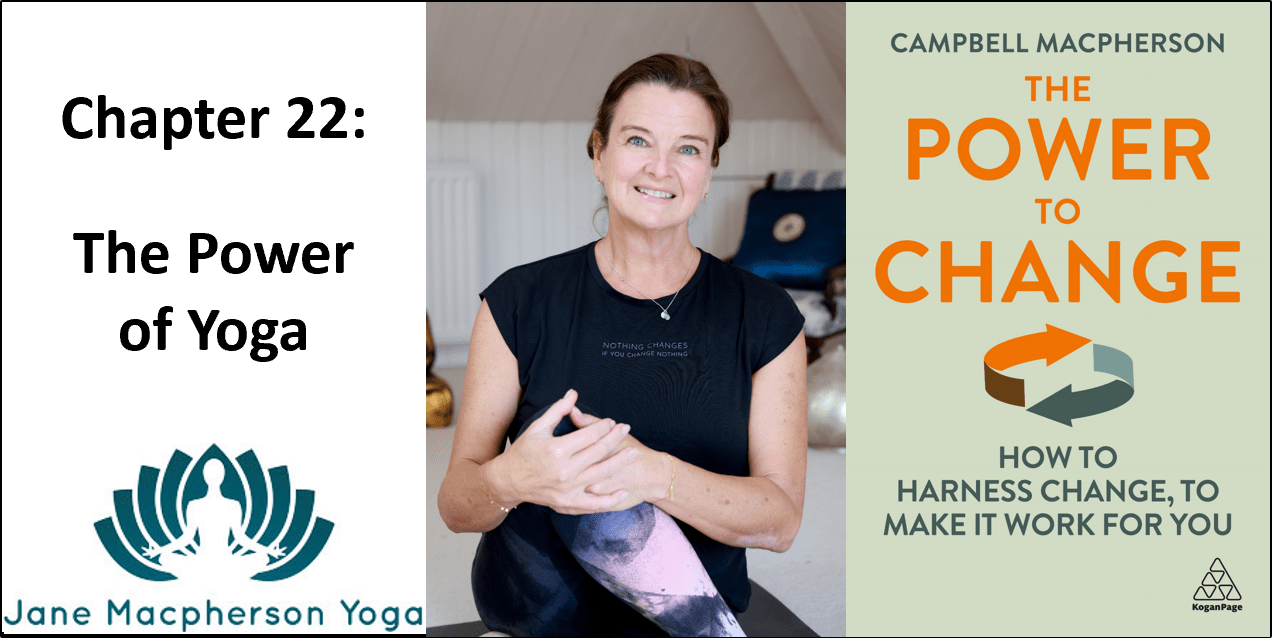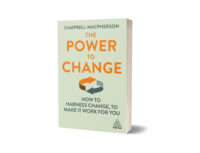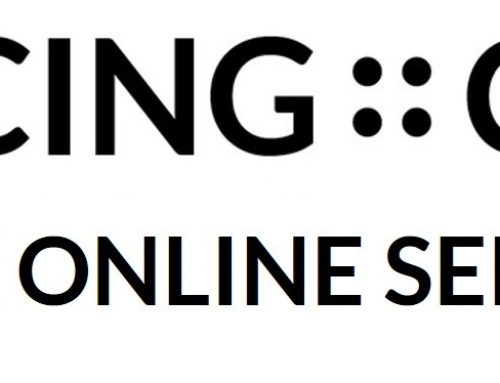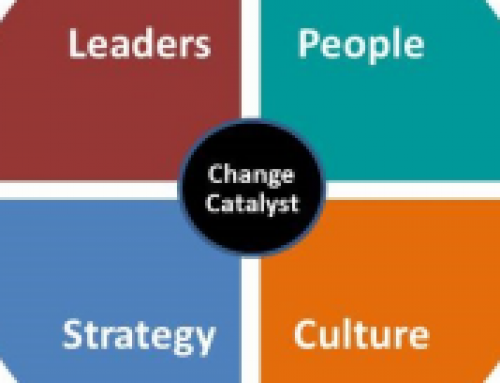
An updated version of the article published in Om Yoga December 2020.
If you wish to improve your ability to cope with and embrace change, it’s pretty hard to find a better solution than yoga. That’s the view of Campbell Macpherson, international business adviser on leadership, strategy and change (who also happens to be my husband!).
As a yoga teacher myself, I couldn’t agree more. So we placed a phone between us, pressed record and conversed about the subject of embracing personal change – the subject of his new book, The Power to Change. The edited transcript of our conversation later went on to become a complete chapter in the book (chapter 22, The Power of Yoga).
—————————————————–
We have been living through such uncertain times: full of stress, anxiety and change. And yoga has an essential part to play in helping us to cope with, and accept, all of it.
Parinama, the knowledge that everything is always changing, is one of most fundamental concepts in yoga. In Sutra 11.15, Patanjali details the potential causes of suffering, or duhkam, and a primary cause is change (parinama). We suffer when change doesn’t go our way. Of course, the degree of suffering will vary depending upon the severity of the change, but even ‘good’ change is a net gain, involving a loss of some kind.
Yoga teaches us to observe that things are always changing and then make choices that enable us to accept and embrace the change.
A year ago this month, we all had to adapt the way we worked and lived suddenly, without knowing the full consequences of these new ways of life. Yoga classes and private yoga therapy sessions switched to Zoom overnight – a steep learning curve for students and teachers alike!
An underlying feeling of anxiety was in the air for much of the last twelve months. We were uncertain about what the future would bring and whether it would be dominated by new waves of this virus. As the vaccine rollout is now underway, some of the anxiety is beginning to abate. But much of the uncertainty remains.
And of course, one of the best ways to thrive through uncertainty is a simple one: Get on your mat.
Yoga is based on two core principles that help us to accept and embrace change:
- Abhyasa: the need to practice and become adept at achieving a state of complete tranquillity, and
- Vairagya: non-attachment; the letting go of aversions, fears, false identities, the need for material things and worries – as these provide a veil over our true self.
While the physical benefits of yoga can be life-changing, the mental and spiritual benefits can be even more profound. The purpose of the physical poses, the asanas, is to help us to become strong and free from physical distractions, so that we can calm our breathing, calm the ‘chattering of our minds’, to use Patanjali’s words, and reach a state of tranquillity.
Only once we calm our mind can we then start to step back from our negative thoughts, our worries and our fears — and simply observe them. This simple act of calm and quiet observation is so powerful that it can lead to an outpouring of emotion and relief. It is the first step towards accepting and embracing change.
Simply observing these emotions instantly begins to separate us from them. Detaching ourselves from our worries helps us to realise that they are not us; they are simply emotions; they are just thoughts. Creating that space can make all the difference. Because if they aren’t us, they don’t need to become part of our identity; they don’t need to define or control us.
Negative thoughts thrive on attention. The more attention we give them, the larger they loom, the more importance they assume in our minds. Pretending they don’t exist is no good; it only serves to fuel them. The only way to disarm them is to stay detached and observe them – without any judgement whatsoever. After all, they aren’t us; they are just thoughts.
World-renowned mindfulness master, the ever-smiling Tibetan Monk, Mingyur Rinpoch, has suffered from panic attacks all his life. His father taught him how to meditate, starting with focusing on his breath and then eventually moving on to observing his thoughts and fears. In an episode of Netflix’s ‘Mind Explained’ on mindfulness, Rinpoche describes how he has learnt to face his panic:
“Don’t fight with the panic. You have to say welcome to the panic. I’m not going to get rid of my panic. I use my panic, I watch my panic. I say, “Hello panic, welcome.” So in the end me and my panic become good friends.”
Note the lack of judgement. He doesn’t think he is weak because he panics. He takes a completely different approach. He simply observes his panic and this simple act diminishes the hold it has over him.
Yoga helps us to come back to the fact that change is inevitable, and it is how we react to the change that is important.
If we are consumed with anger, fear, resentment, worry or negative thoughts, we are going to erect our barriers and reject the change, perhaps even saying and doing things that we shouldn’t in the process.
Yoga helps us to take a little step back; take a couple of deep breaths, pause, and then take a different look at the situation from a state of calm. Maybe this change isn’t all bad. Maybe some good will even come from it.
Yoga helps us to view our thoughts and emotions objectively and see the bigger picture. It helps us to approach the change as an independent observer; not as someone who is a victim of it.
It gives us the power to change.
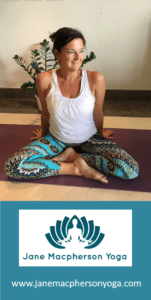
Jane Macpherson is a yoga teacher and yoga therapist who has been helping her clients embrace change for more than 15 years (janemacphersonyoga.co.uk)
The new book, The Power to Change: How to Harness Change to Make it Work for You, by Campbell Macpherson, is out now (Kogan Page) £14.99

